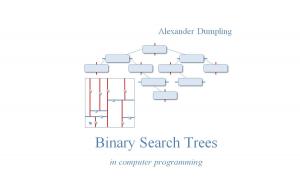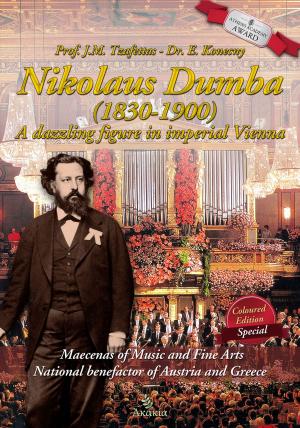| Author: | Arthur Rees | ISBN: | 6610000020904 |
| Publisher: | PublishDrive | Publication: | July 16, 2017 |
| Imprint: | Merkaba Press | Language: | English |
| Author: | Arthur Rees |
| ISBN: | 6610000020904 |
| Publisher: | PublishDrive |
| Publication: | July 16, 2017 |
| Imprint: | Merkaba Press |
| Language: | English |
Seen in the sad glamour of an English twilight, the old moat-house, emerging from the thin mists which veiled the green flats in which it stood, conveyed the impression of a habitation falling into senility, tired with centuries of existence. Houses grow old like the race of men; the process is not less inevitable, though slower; in both, decay is hastened by events as well as by the passage of Time.
The moat-house was not so old as English country-houses go, but it had aged quickly because of its past. There was a weird and bloody history attached to the place: an historical record of murders and stabbings and quarrels dating back to Saxon days, when a castle had stood on the spot, and every inch of the flat land had been drenched in the blood of serfs fighting under a Saxon tyrant against a Norman tyrant for the sacred catchword of Liberty.
The victorious Norman tyrant had killed the Saxon, taken his castle, and tyrannized over the serfs during his little day, until the greater tyrant, Death, had taught him his first—and last—lesson of humility. After his death some fresh usurper had pulled down his stolen castle, and built a moat-house on the site. During the next few hundred years there had been more fighting for restless ambition, invariably connected with the making and unmaking of tyrants, until an English king lost his head in the cause of Liberty, and the moat-house was destroyed by fire for the same glorious principle.
It was rebuilt by the freebooter who had burnt it down; one Philip Heredith, a descendant of Philip Here-Deith, whose name is inscribed in the Domesday Book as one of the knights of the army of Duke William which had assembled at Dives for the conquest of England. Philip Heredith, who was as great a fighter as his Norman ancestor, established his claim to his new estate, and avoided litigation concerning it, by confining the Royalist owner and his family within the walls of the moat-house before setting it on fire. He afterwards married and settled down in the new house with his young wife. But the honeymoon was disturbed by the ghost of the cavalier he had incinerated, who warned him that as he had founded his line in horror it would end in horror, and the house he had built would fall to the ground...
Seen in the sad glamour of an English twilight, the old moat-house, emerging from the thin mists which veiled the green flats in which it stood, conveyed the impression of a habitation falling into senility, tired with centuries of existence. Houses grow old like the race of men; the process is not less inevitable, though slower; in both, decay is hastened by events as well as by the passage of Time.
The moat-house was not so old as English country-houses go, but it had aged quickly because of its past. There was a weird and bloody history attached to the place: an historical record of murders and stabbings and quarrels dating back to Saxon days, when a castle had stood on the spot, and every inch of the flat land had been drenched in the blood of serfs fighting under a Saxon tyrant against a Norman tyrant for the sacred catchword of Liberty.
The victorious Norman tyrant had killed the Saxon, taken his castle, and tyrannized over the serfs during his little day, until the greater tyrant, Death, had taught him his first—and last—lesson of humility. After his death some fresh usurper had pulled down his stolen castle, and built a moat-house on the site. During the next few hundred years there had been more fighting for restless ambition, invariably connected with the making and unmaking of tyrants, until an English king lost his head in the cause of Liberty, and the moat-house was destroyed by fire for the same glorious principle.
It was rebuilt by the freebooter who had burnt it down; one Philip Heredith, a descendant of Philip Here-Deith, whose name is inscribed in the Domesday Book as one of the knights of the army of Duke William which had assembled at Dives for the conquest of England. Philip Heredith, who was as great a fighter as his Norman ancestor, established his claim to his new estate, and avoided litigation concerning it, by confining the Royalist owner and his family within the walls of the moat-house before setting it on fire. He afterwards married and settled down in the new house with his young wife. But the honeymoon was disturbed by the ghost of the cavalier he had incinerated, who warned him that as he had founded his line in horror it would end in horror, and the house he had built would fall to the ground...















